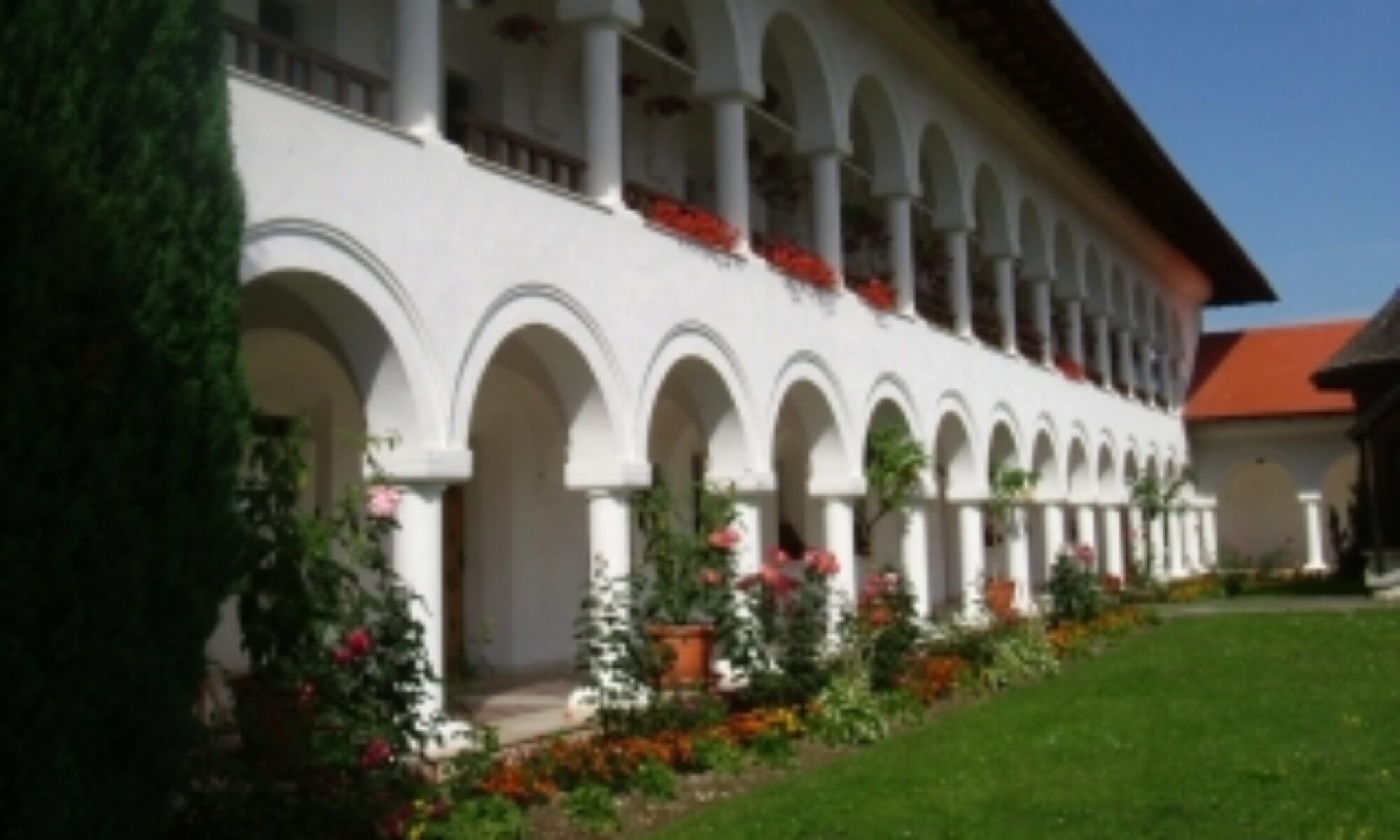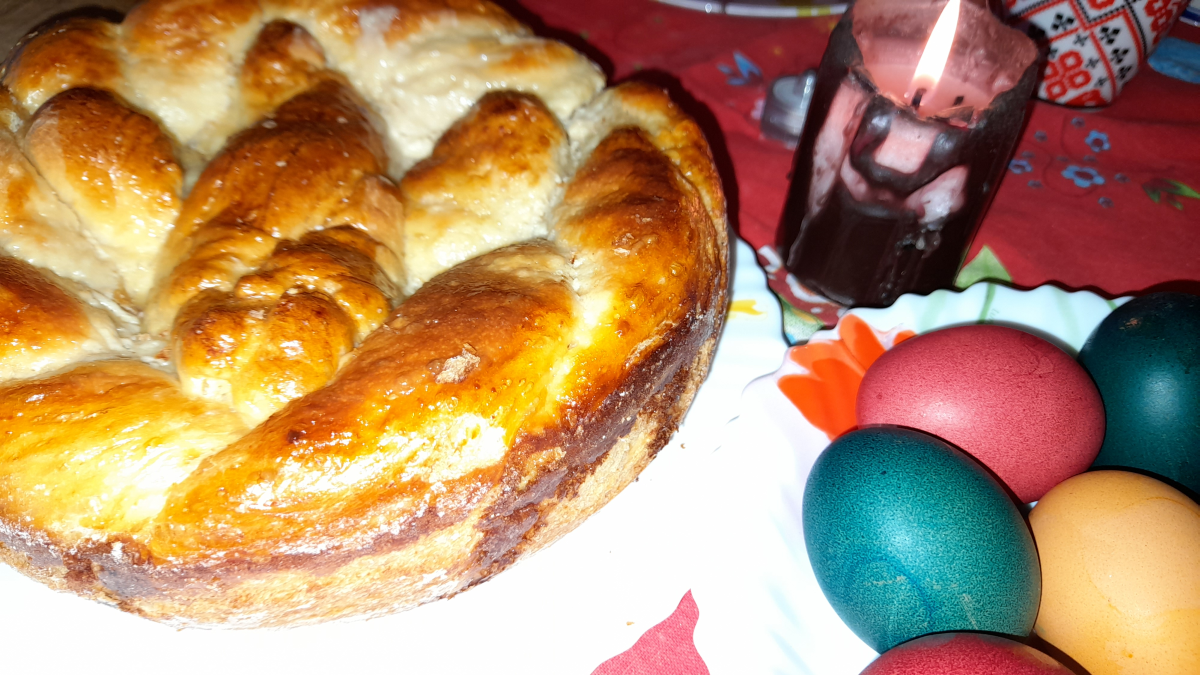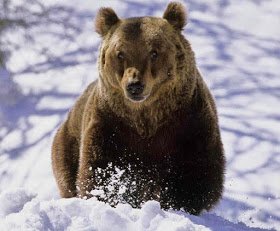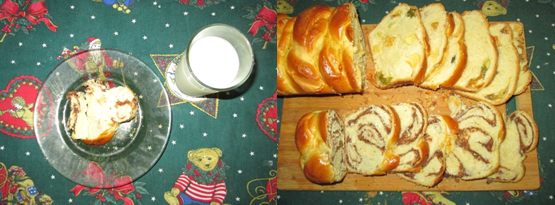It’s never been easier to journey to the Romanian Banat than it is right now, via its forgotten stories whispered by the wind, carried by its streams, and shared by its welcoming people.
Continue reading “Travel Now to Lush Romanian Banat via Forgotten Stories”The Secret of the Easter Bunny and Other Beautiful Paschal Symbols
Although I am a Christian Orthodox I’ve always wondered why there is an Easter Bunny, what’s its secret, what story brought the hare among the other beautiful and meaningful Paschal symbols such as the Easter Eggs, the lamb, or the lily flower.
This year Orthodox Easter will be celebrated on Sunday, May the 5th and I look forward to coloring Easter eggs with their ancient symbology (this year we’ll try all natural dyes), cooking delicious Romanian lamb-terrine called drob, assisting my husband in baking delicious cozonac, and mostly celebrating the holy fire of Easter, in my heart. There was no Easter Bunny when I grew up in Romania.
Continue reading “The Secret of the Easter Bunny and Other Beautiful Paschal Symbols”The New Year in Romania and the Bear, Unveiling Magical Rites
As the world transits from the old to the new year I am remembered of the bear and its rejuvenation and of some lesser-known magical rites from Romania. Much like nutrients enrich the soil before the sun even warms the earth in spring, awakening beings from slumber, the hibernating bear symbolizing life in delicate equilibrium.
Continue reading “The New Year in Romania and the Bear, Unveiling Magical Rites”Whimsical Winter & Folklore of Romania, an Advent Calendar
Enjoy this advent calendar inspired by whimsical winter traditions from the folklore of Romania. I hope that you will return each day until Christmas Eve to open another door, for a new surprise.
Continue reading “Whimsical Winter & Folklore of Romania, an Advent Calendar”On the Night of Saint Andrew, on Wolves’ Night #Im4Ro
On the Night of Saint Andrew, on wolves’ night, in Romanian folklore it is believed that the boundary between the living world and the realm of the dead becomes blurred. Troublesome spirits, known as strigoii, moroii, or vampires, are said to roam the villages, especially the crossroads, tormenting the living and even inflict harm.
Continue reading “On the Night of Saint Andrew, on Wolves’ Night #Im4Ro”




